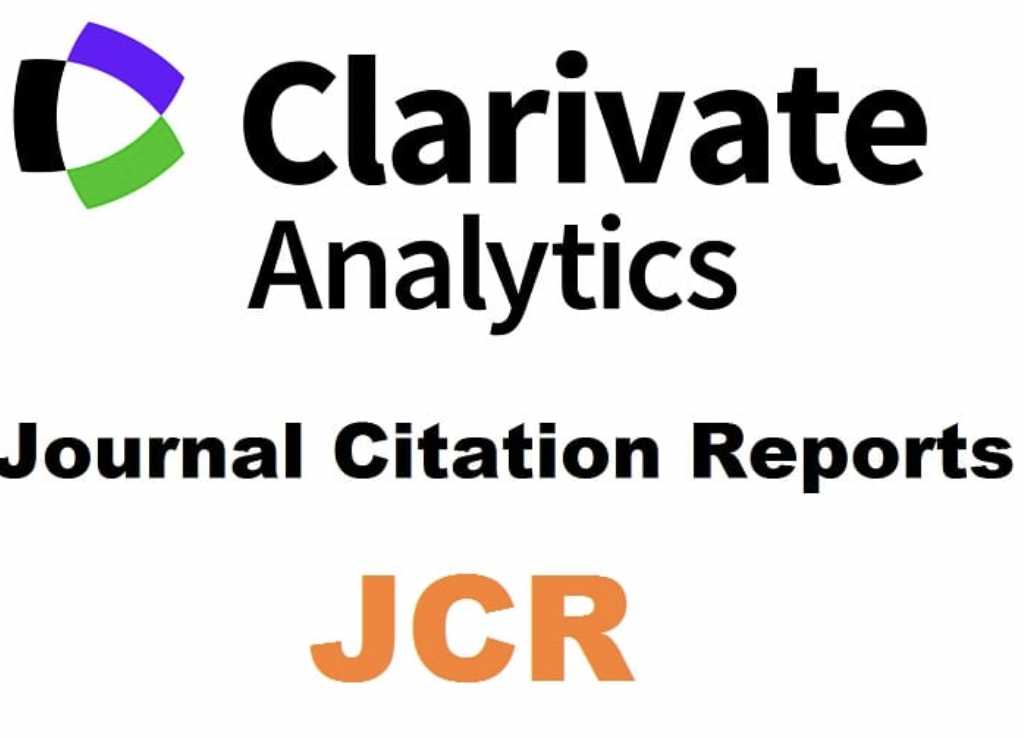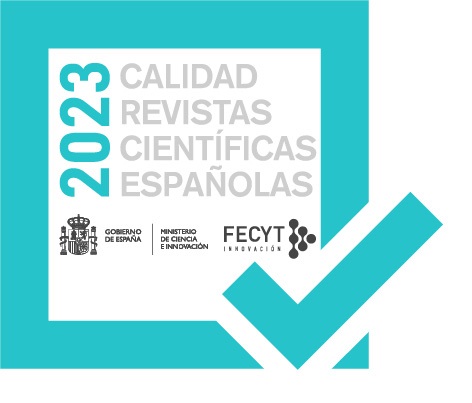Dictogloss and the production of the English third person '–s' by CLIL and mainstream EFL learners: A comparative study
Abstract
This study compares focus on form in Content and Language Integrated Learning (CLIL) and mainstream English as a Foreign Language (EFL) contexts in the production of a specific morphological feature, the English 3rd person singular present tense marker –s. Research conducted in CLIL contexts to date examining morphosyntactic features has yielded disparate results. Thus, little is known about how this methodology affects learners’ attention to form while completing a dictogloss task (Wajnryb, 1990). In the study 116 adolescent learners (CLIL, n = 54; mainstream EFL, n= 62) in the Basque Autonomous Community completed a dictogloss collaboratively and individually. Results showed that CLIL learners noticed and produced more instances of the 3rd person singular -s than mainstream learners, but not in a significant manner, and that those working in pairs in the CLIL group obtained significantly better results.
Downloads
The works published in this journal are subject to the following terms:
1. The Publications Services at the University of Murcia (the publisher) retains the property rights (copyright) of published works, and encourages and enables the reuse of the same under the license specified in item 2.
2. The works are published in the electronic edition of the magazine under a Creative Commons Attribution Non-commercial Share Alike 4.0.
3.Conditions of self-archiving. Authors are encouraged to disseminate pre-print (draft papers prior to being assessed) and/or post-print versions (those reviewed and accepted for publication) of their papers before publication, because it encourages distribution earlier and thus leads to a possible increase in citations and circulation among the academic community.
RoMEO color: green









